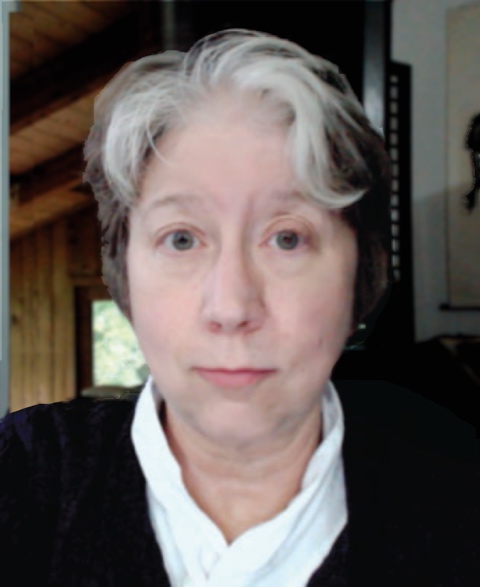For decades the Liaoshi was regarded as the most comprehensive documentary source for history of the Kitan Liao empire. Today we understand much better the fragmentary nature of the work, the critical supplementary information from and the tremendous importance of archeological sources in expanding knowledge of the period. However, both “Kitan” and “Liao” as historical objects still lack a multi-dimensional narrative that transcends the limits of “Han/non-Han,”or “nomad/settled” dichotomies. This paper briefly examines newer perspectives emerging from archeology, linguistics, and other fields to suggest that “hybridity” in thinking about the Sarbi, Kitan, Tanggut and other medieval peoples and political orders may be obstructing a cosmopolitan approach in which they are not hybrid, but primary in their own right.
(image credit: Liao Shangjing Museum, Chifeng, Inner Mongolia, China)
